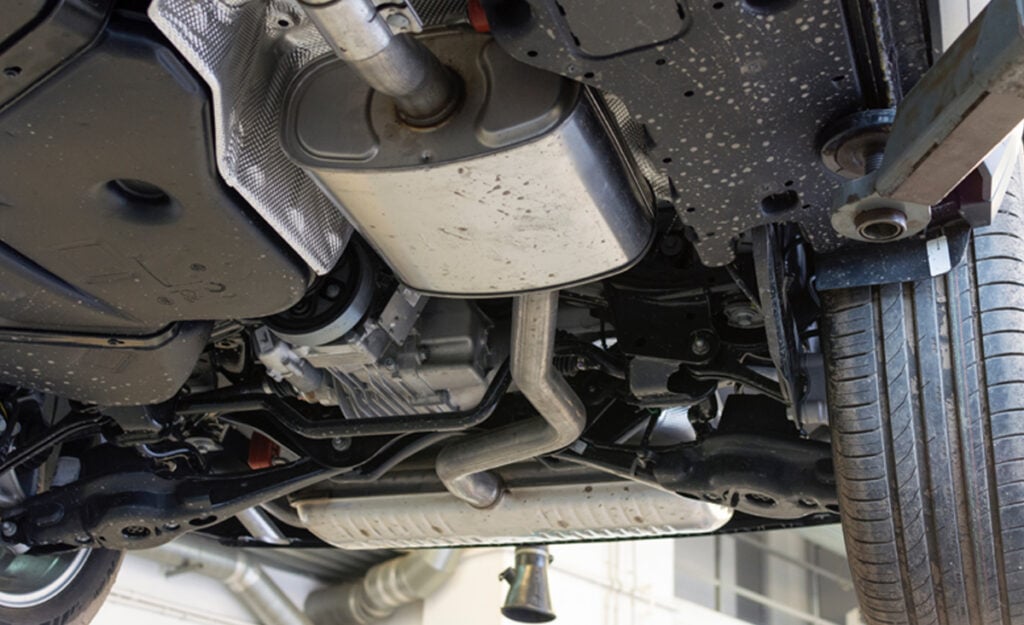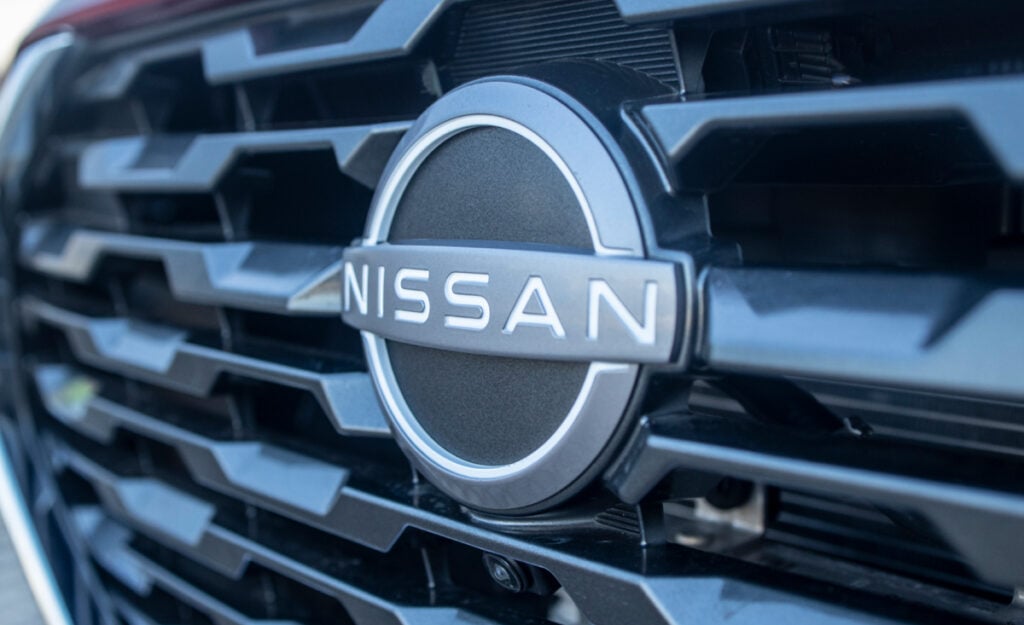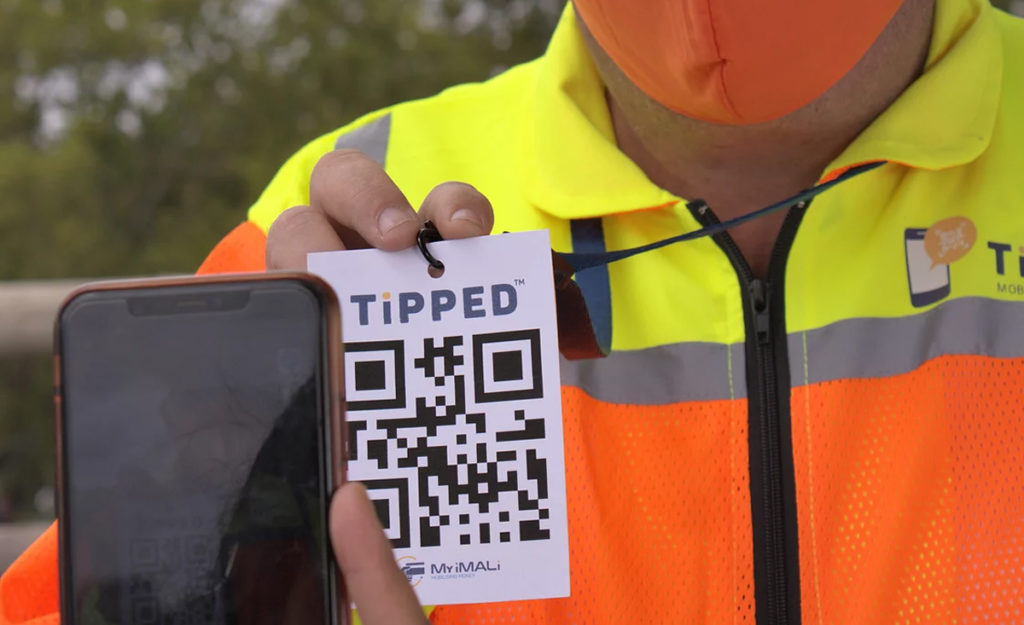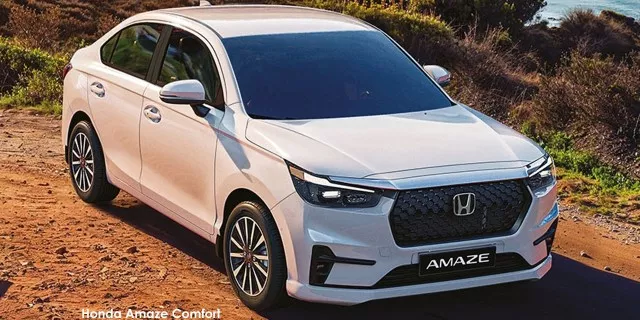Why a roadworthy certificate isn’t good enough if you’re buying a used car in South Africa
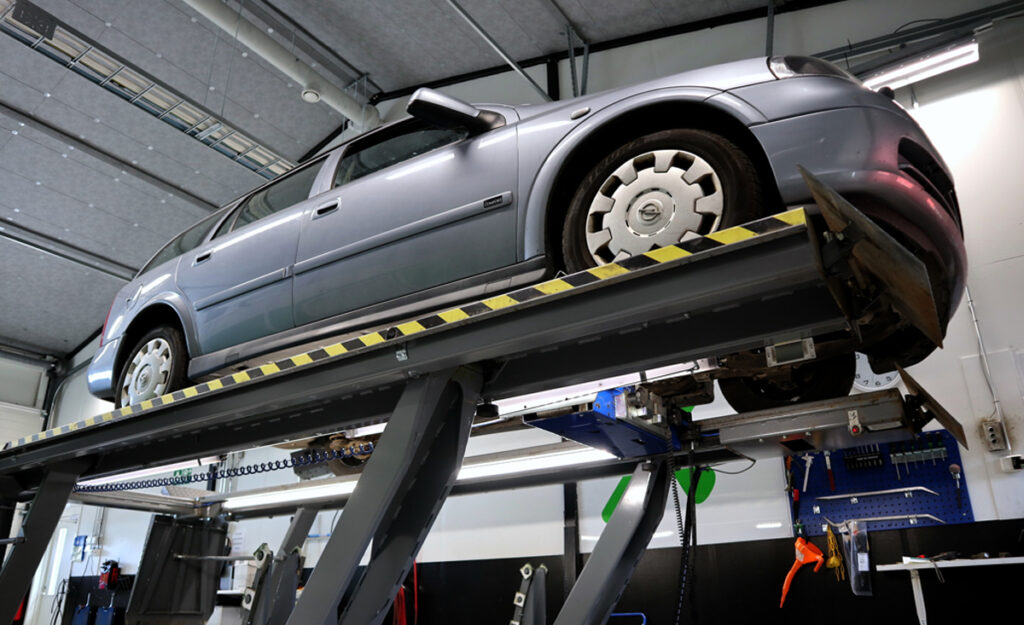
A roadworthy certificate only shows that a pre-owned vehicle meets all the requirements of the law in its current form, but not if it was previously involved in a serious accident and repaired.
According to the South African Motor Body Repairers’ Association (Sambra), a roadworthy test identifies visual defects with electrical items, bodywork components, steering, suspension, and seatbelts, and includes an overview of the undercarriage.
It makes sure the vehicle is “roadworthy”, per se, but will not necessarily pick up if it has been badly damaged in a previous collision and fixed up.
“We have found a concerning number of vehicles that have been severely damaged in accidents often ending up being repaired and returned to the road with a roadworthy certificate,” said Marcia Modiba, acting national director for Sambra.
“To the untrained eye these cars may look perfectly acceptable, but upon closer inspection, the quality of the repairs and the severity of the previous damage incurred is often substantial.”
Sambra therefore recommends that consumers in the market for a used vehicle rope in an accredited motor body repairer to conduct a pre-purchase inspection as it will be more capable of spotting red flags like shoddy repair work and mismatched parts.
A false certificate of quality
Earlier this year, Leon Bredenkamp, an 84-year-old pensioner from Bela Bela approached a Sambra-accredited repairer with concerns over his pre-owned 2021 Suzuki Vitara Brezza that he purchased a week prior, which was sold with a roadworthy certificate and an apparent spotless history.
Shortly after taking delivery of his new wheels, Bredenkamp sensed something was off and headed to a tyre shop to check the wheel alignment.
The employees had one look at the Brezza’s undercarriage and immediately advised the owner to take it to a motor body repairer as they saw serious issues that he didn’t.
Bredenkamp duly drove to BB Autobody Rebuilds in Bela Bela where his new car was subjected to an independent forensic inspection that noted 49 concerns, including problems such as a deformed front chassis, torn front lower A-post panels, a bent radiator, missing airbags, and subpar spray work.
The inspector also discovered that the Suzuki was declared a Code 2 insurance write-off in 2022 and handed contractually to a salvage yard, from which it was subsequently bought by an unscrupulous dealer who undertook poor repairs to deceive a future buyer that it was a roadworthy vehicle.
Bredenkamp forwarded the document to the original dealer requesting the reversal of the sale and return of his Toyota Corolla which he used as a trade-in as he was still within the prescribed seven-day cooling-off period.
He was told his original car had already been sold and the dealer insisted he bring the Brezza back to tend to the faults, which wasn’t a feasible option given the dangers of driving over 140km from Bela Bela to Joburg in the rickety crossover.
Bredenkamp has since written to the Motor Industry Ombudsman of South Africa informing it of his situation, which contacted the dealer on his behalf in an effort to settle the dispute.
Sambra has also urged the pensioner to seek remedial legal action in order to recover his losses and get the vehicle declared unroadworthy.
While Bredenkamp is busy attempting to minimise damages, the dealer who sold him the deathtrap continues to operate and sell vehicles on the used market in Gauteng and online to unsuspecting buyers.
This unfortunate incident highlights why it’s important to perform your due diligence before making a financially binding decision and not rely on a roadworthy certificate alone to show that a pre-owned vehicle is in good condition.



